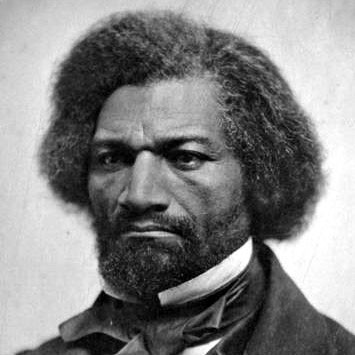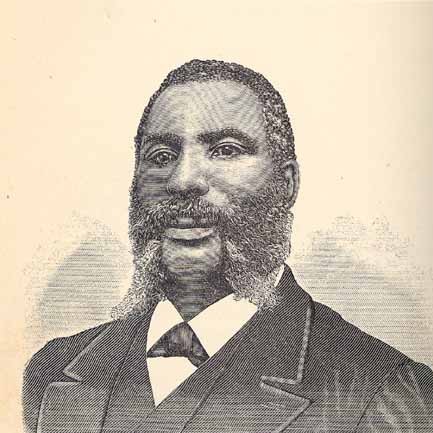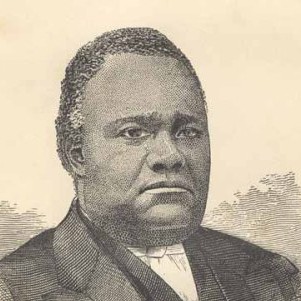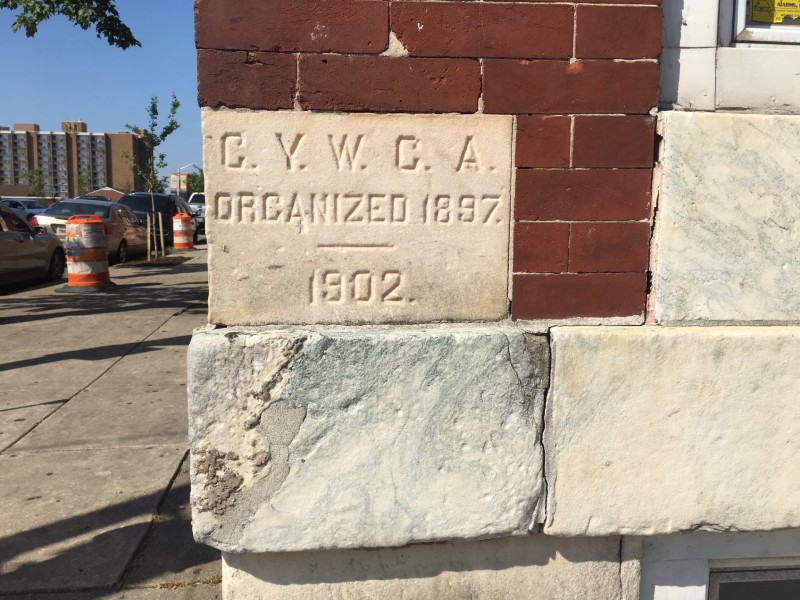In this installment of Preservation Maryland’s series on the history of Green Book site in Maryland, we’re looking at the impact of the Colored YMCA and Colored YWCA in serving Baltimore’s African African local populations and travelers.
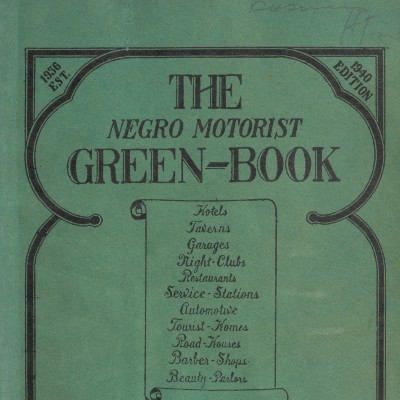
In 1936, New York City mail carrier, Victor Hugo Green, created The Negro Motorist Green Book. The Green Book was created as a guide by and for African Americans to safely find everyday amenities like restaurants, stores, pharmacies, and motels in a time of intense segregation across America. In its foundational years, The Green Book provided a small number of locations in New York and over time it grew into a resource containing over 1000 locations in most of North America, including in 100 Green Book sites in 26 towns across Maryland.
The Young Men’s Christian Association
The Young Men’s Christian Association (YMCA) and the Young Women’s Christian Association (YWCA) are organizations that have long been associated with providing “low-cost housing in a safe Christian environment for rural young men and women journeying to the cities.” Furthermore, the YMCA and YWCA movements first set forth in the mid-19th century, are historically Christian movements dedicated to various humanitarian endeavors, youth development, and social responsibility. With this in mind, it comes as no surprise that the YMCA and the YWCA in Baltimore City appear in Victor Hugo Green’s Green Book listings.
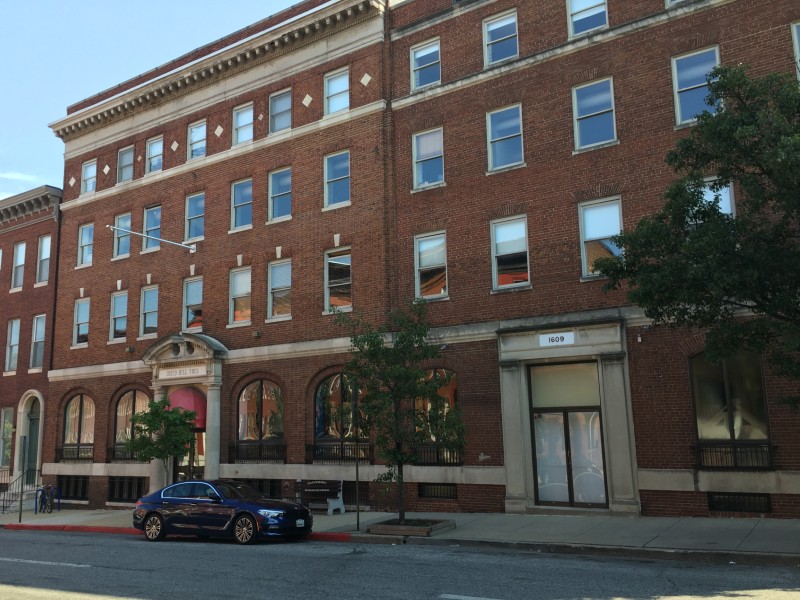
The YMCA at 1609 Druid Hill Avenue in Baltimore City has a long history stretching back to 1869 when a group of concerned residents led by Bishop Alexander Wyman of Bethel AME Church would meet to discuss a number of issues affecting the community. This group was soon succeeded by the Mutual Brotherhood of Liberty of the United States led by Rev. Harvey Johnson of Union Baptist Church. Simply, the group was dedicated to ensuring the rights of African Americans in the United States stemming from the Supreme Court decision to declare the 1875 Civil Rights Act unconstitutional.
- Frederick Douglass.
- Harvey Johnson.
- Julius Rosenwald.
- Bishop Wayman.
The inaugural meeting of the Mutual Brotherhood of Liberty of the United States featured a speech from Frederick Douglass.
In 1893, the Brotherhood petitioned the Central YMCA to create the Colored YMCA of Baltimore (CYMCA). Three years later, a YMCA was formed in the Druid Hill neighborhood and was housed at three different locations until settling at its current location in 1911. The handsome brick institution standing there now is the result of a fundraising campaign to provide the YMCA with a stable and permanent address.
Funders including, Julius Rosenwald, known for funding the building of hundreds of schools for African American children across the country, contributed significantly. Rosenwald provided a $25,000 matching grant contingent upon the Brotherhood’s ability to fundraise an additional $75,000. The Brotherhood meet and beat that challenge as Baltimoreans came together and raised over $115,000 for the endeavor.
The Druid Hill CYMCA began offering to house single men as early as 1916 and was consistently in the Green Book from 1938-1967. Both Thurgood Marshall and Cab Calloway who lived in the neighborhood were members. The building is now operated as a YMCA open to all.
- Cornerstone of the CYWCA on Druid Hill in Baltimore, MD, 2019.
- The CYWCA on Druid Hill in Baltimore City, MD, 2019.
The Young WOMen’s Christian Association
Shortly after the CYMCA was founded, a separate group was formed in 1897 for young black women, known as the CYWCA. The original CYMCA was located just down the street from the CYMCA at 1200 Druid Hill Avenue in Baltimore City. The original location still stands at the corner of a street of typical Baltimore row homes. The building has a small marble marker on the side of the building that commemorating it’s service as a CYWCA.
In 1942, the CYWCA purchased and moved to the former Baltimore Hebrew Congregation’s Synagogue House at 1916 Madison Avenue. During World War II, the CYMCA raised $100,000 to renovate the building. By 1944, the building was fully renovated, by Architect Albert Irvin Cassell, and the new design created space for 20 permanent residents and 18 shorter-term guests.
The CYWCA was listed as a Green Book Site from 1938-1967, and additionally kept a list of women in the area who had spare rooms for Black travelers looking for a place to stay.
EXPLORE GREEN BOOK SITES IN MARYLAND
- Introduction to Green Book sites in Maryland
- The CYMCA and the CYWCA in Baltimore City
- The Watson Tourist Home in Baltimore City
- The Harmon Hotel on Jonathan Street in Hagerstown
- The Blue Star Motel and The Blue Jay Hotel in Southern Maryland
- The Makel, Grinage, and Roberts Tourist Homes in Frederick
With assistance and upon the foundational research of Anne Bruder, this post was written by Anthony Plaag in his senior year of an undergraduate degree in Public History with a minor in Religion from Stevenson University. Anthony is interested in the intersections of History and Social Justice and believes history can be used as a tool for the liberation of marginalized and oppressed communities. Along with his writing about The Green Book in Maryland, he will also be assisted with Preservation Maryland’s LGBTQ history project. In his free time, Anthony likes to listen to the sweet stylings of Frank Sinatra, hanging out with friends, and discussing religion, philosophy, politics, and history.
Learn More about the Green Book

